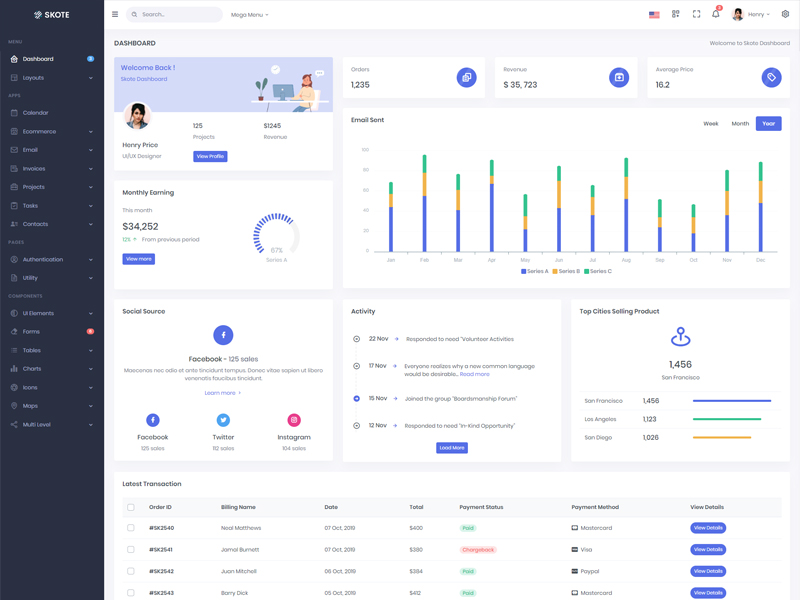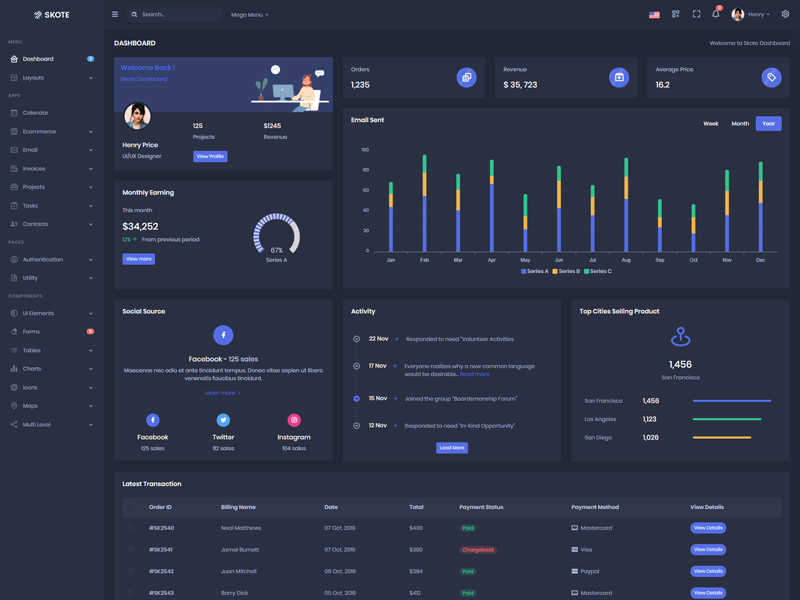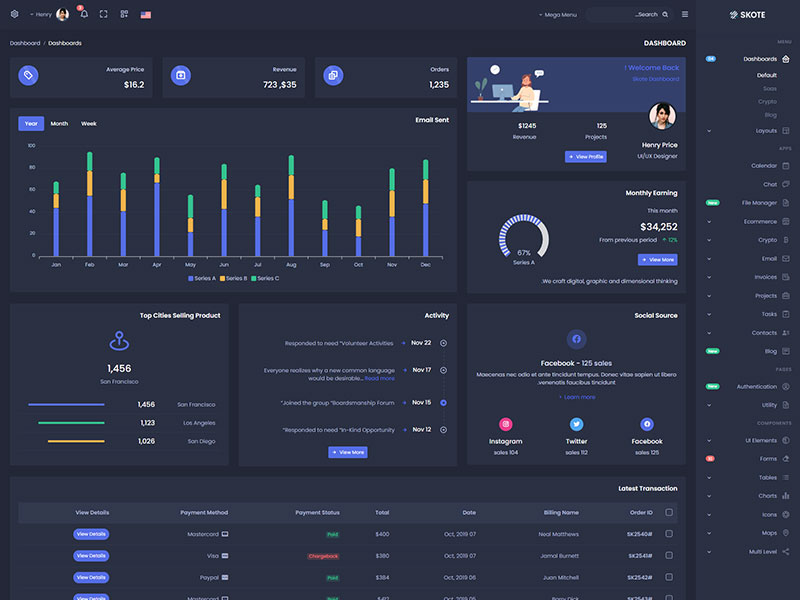Articles
- BLOG / Articles / View
- Articles
Monday Macro View: What Happens When Efficiency Meets the Decline Curve?
By Osama on November 10, 2025 in Market Sentiment
Welcome once again to Monday Macro View. The oil market, as always, has a host of interesting developments but I will focus on something structural rather the price of oil going up or down. One such development is that of the decline of existing wells.
The U.S. Energy Information Administration (EIA) recently flagged this problem and it also mentions that particularly horizontal wells are declining the fastest, meaning operators need to drill substantially more wells just to maintain output. For example, production from wells that came online in 2023 or earlier dropped by 4.3 million barrels per day in December 2024, and new‐well output of roughly 4.4 million barrels per day from over 15,000 new wells (about 11,700 horizontal) was required just to offset that. Horizontal wells already account for 94% of oil and 92% of gas production in the Lower 48 states, so the decline tail is steep.
That has led to the conclusion that even with current production highs, the industry is facing a rising maintenance‑drilling burden. What this means is that the system is increasingly dependent on new well counts just to hold output flat, let alone grow.

Therefore, I thought it would be interesting to see what our EFRACS platform offer in terms of data insight in terms of either supporting or refuting the above thought process. We see that data from Primary Vision paint a somewhat different but complementary picture. Our Frac Spread Count (FSC) has held in a tight band (recently between 175 and 179 spreads nationally) and our Frac Job Count (FJC) remained elevated, with counts such as 202–207 per week in October. That suggests the completions market remains resilient even while rig counts and vintage well declines are increasing. We’re observing a stable execution base suggesting that although the vintage decline issue is real (per EIA) the service ecosystem is managing through it: there are still crews working, jobs getting done, and at the moment the activity isn't collapsing even under price pressure. That steady completions activity implies operators are either turning DUCs, managing well inventory, or continuing maintenance/completion work at pace.
But another important question that is on everyone's mind is what happens in future? Let's use our Frac Spread and Frac Job forecasts to analyze the trend for FSC and FJC for next 52 weeks. Here are some results: For the Frac Spread Count (FSC) the forecast indicates an average of 170 nationally over the next 52 weeks, showing neither a sharp fall nor a strong ramp‑up.

For the Frac Job Count (FJC) the projection shows a stable to modestly rising count, with a year‑on‑year improvement flagged (~+12) even in a subdued price environment.
Industry data supports this trend. Let me share the example of Liberty Energy Inc. (LBRT). According to its Q3 2025 results, the company reported record pumping hours, horsepower hours and proppant volumes across its digiPrime fleets. They noted that their engineered digiPrime pumps delivered maintenance cost savings of over 30% compared to conventional systems. Their AI‑based StimCommander software achieved a 65% improvement in time to reach target injection rates, and hydraulic efficiency gains of 5 %‑10% were highlighted.
So what to gather from the above discussion? The EIA is highlighting a drilling replacement challenge where numerous new wells are required, and rapid declines in older wells are leading to higher cost base. Primary Vision’s data signal that the completions engine is still running smoothly, which provides a lead indicator of capacity utilisation and supply chain demand (for pumpers, proppant, chemicals). It suggests the near‑term risk may not be a sharp contraction in completions, but a slower transition toward needing more wells to sustain output over time. That means service providers and consumables markets may have a runway of relative stability even as the deeper structural pressure builds.
Another important perspective to understand this is to learn about breakevens - as they play a very important role in determining the direction of U.S. shale supply. For this purpose we have started a special series on Understanding Breakevens. You can read the first part here.
Tags:
Permission denied
Upgrade to Pro Today and get…
• This article — plus dozens more each month, all within our full Research Module
• Frac Hits — our National-Level Frac Spread Count and Frac Job Count, updated weekly
• Frac Operator Monitor — detailed FSC & FJC by operator
• And so much more, designed to help you track, forecast, and outperform









